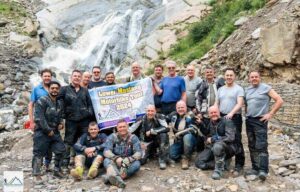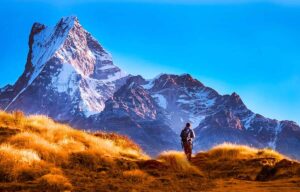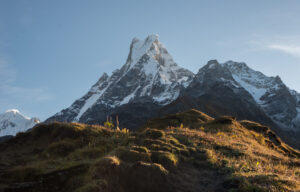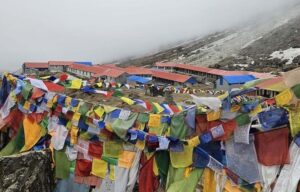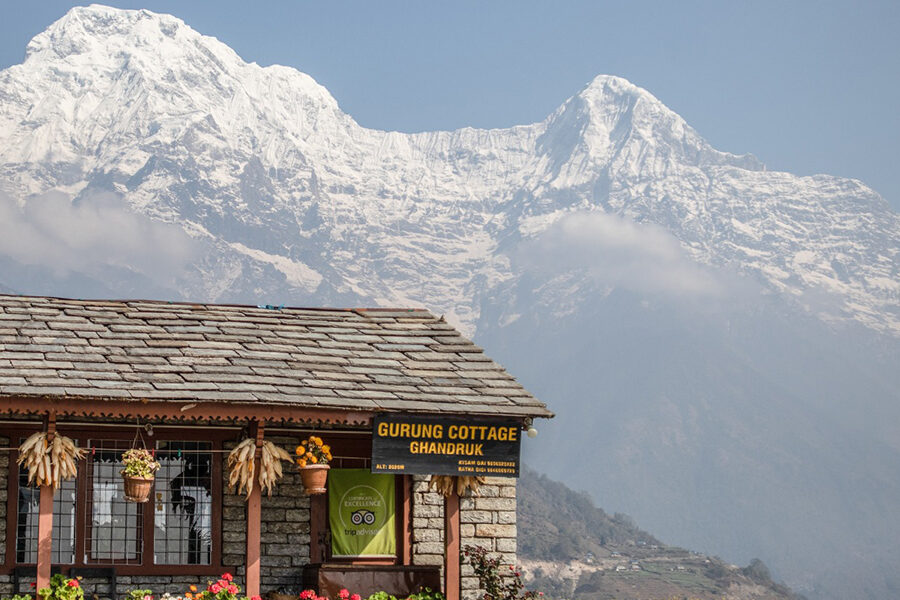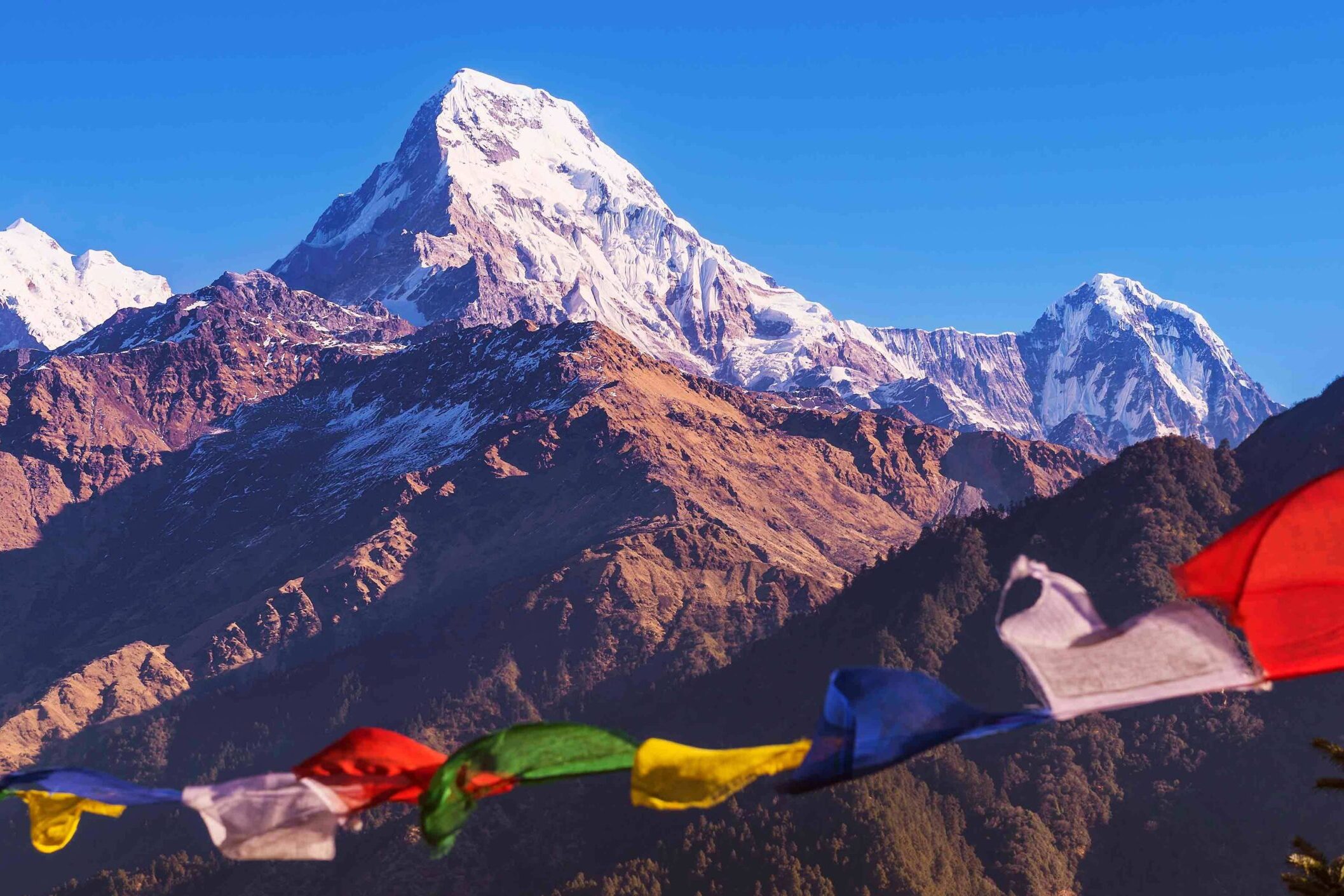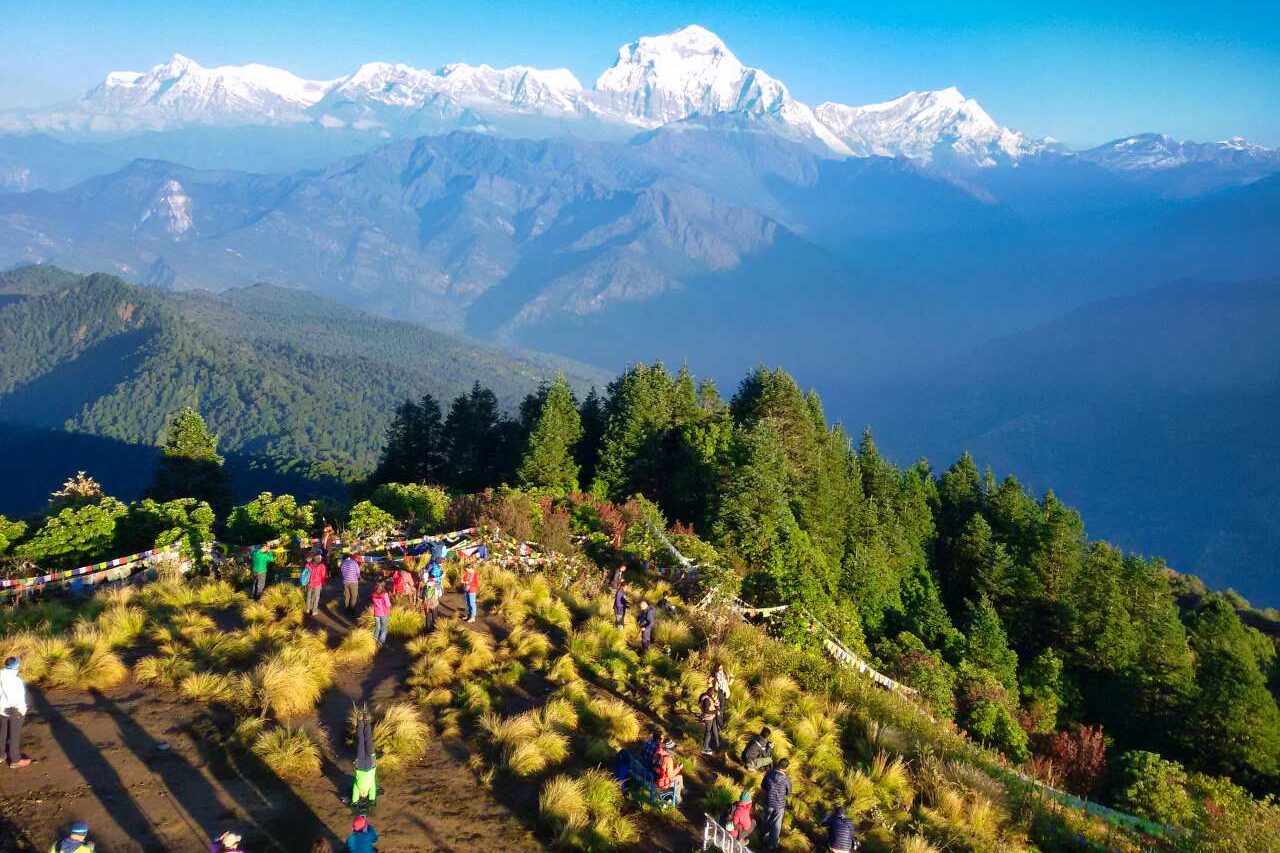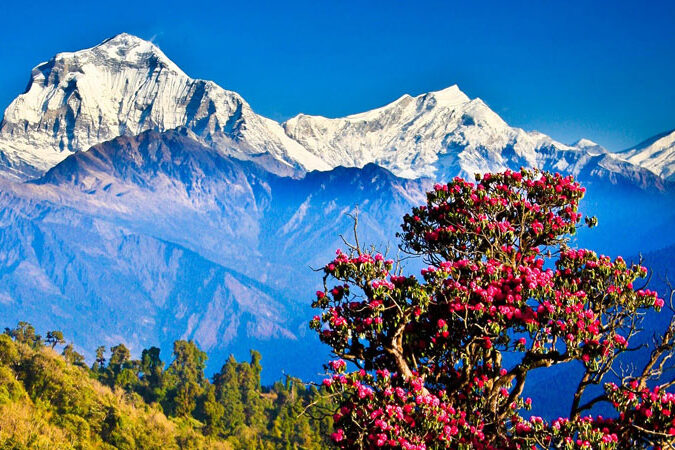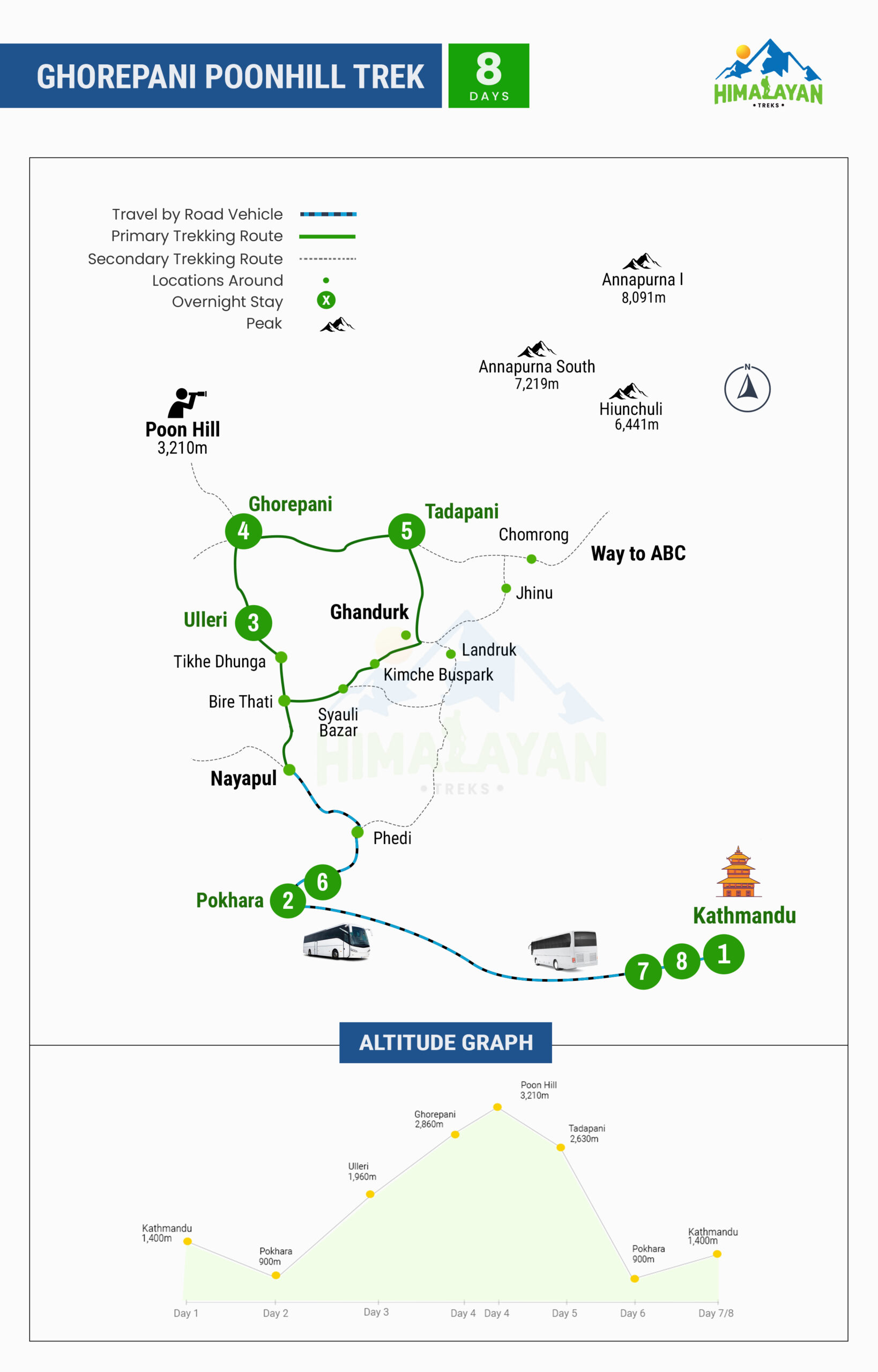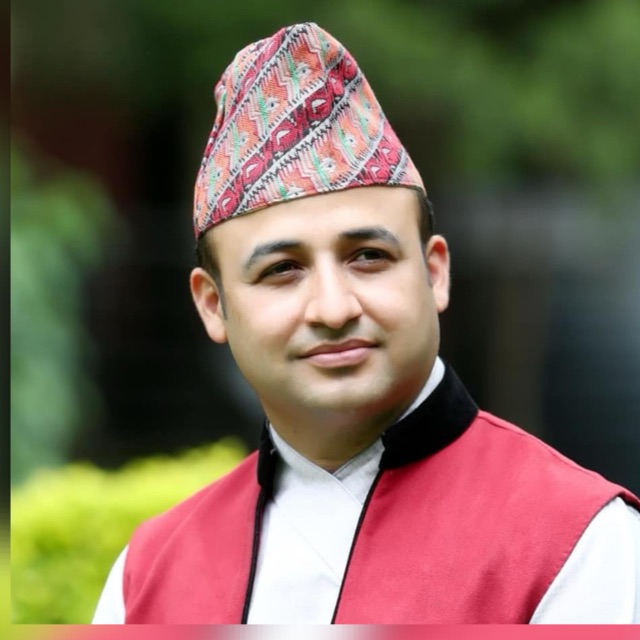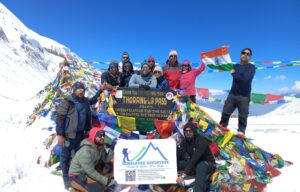Essential Information for Ghorepani Poon Hill Trek
Nepal, a country adorned with the majestic Himalayas and rich cultural heritage, offers an array of trekking adventures. Among them, the Ghorepani Poon Hill Trek stands out as a captivating journey through the Annapurna region. This trek provides trekkers with natural beauty, cultural experiences, and breathtaking mountain vistas. Whether you’re a seasoned trekker or a novice adventurer, the Ghorepani Poon Hill Trek promises an unforgettable expedition amidst the Himalayan splendor.
Part 1: Understanding the Trek
Overview
The Ghorepani Poon Hill Trek is a renowned trekking route in the Annapurna region, offering a shorter yet immensely rewarding adventure. The trek typically spans 4 to 6 days, allowing trekkers to experience the beauty of the Himalayas without committing to an extended expedition. The highlight of the trek is the sunrise view from Poon Hill, where trekkers are treated to panoramic vistas of snow–capped peaks glowing in the morning light. Along the trail, trekkers traverse through lush forests, charming villages, and terraced farmlands, immersing themselves in the region’s cultural tapestry.
Trek Duration
The duration of the Ghorepani Poon Hill Trek varies depending on the chosen itinerary and trekking pace. A typical itinerary spans 4 to 6 days, including arrival and departure days, and time for acclimatization and exploration along the trail. While shorter itineraries are available, allowing for a quicker ascent to Poon Hill and back, longer itineraries provide more leisurely trekking days and additional opportunities for exploration.
Trek Difficulty
The Ghorepani Poon Hill Trek is classified as a moderate trek, suitable for trekkers of all ages and experience levels. The trails are well–established and relatively easy to navigate, with gradual ascents and descents. While there are some steep sections, particularly when ascending to Poon Hill, the trek does not require technical climbing skills. However, trekkers should be prepared for long hours of walking and occasional challenging terrain.
Altitude Considerations
Altitude sickness, or acute mountain sickness (AMS), is generally not a significant concern on the Ghorepani Poon Hill Trek, as the maximum altitude reached is approximately 3,210 meters (10,531 feet) at Poon Hill. However, trekkers should still acclimatize gradually to avoid potential altitude–related issues. It’s essential to stay hydrated, maintain a steady pace, and listen to your body’s signals. If symptoms of AMS, such as headaches or nausea, occur, descending to a lower altitude is
advisable.
Part 2: Planning Your Trek
Permits and Documentation
Before embarking on the Ghorepani Poon Hill Trek, trekkers must obtain the necessary permits and documentation. This typically includes the Annapurna Conservation Area Permit (ACAP) and the Trekkers‘ Information Management System (TIMS) card. These permits can be obtained from the Nepal Tourism Board in Kathmandu or Pokhara, or through authorized trekking agencies. It’s essential to carry these permits throughout the trek and present them at checkpoints along the
route.
Accommodation
Accommodation during the Ghorepani Poon Hill Trek is primarily in teahouses or guesthouses located in villages along the trail. These establishments offer basic amenities, including shared rooms with twin beds or dormitory–style accommodations, communal dining areas, and shared bathroom facilities. While the accommodations are modest, they provide a comfortable and cozy retreat for trekkers after hiking. It’s advisable to book accommodations in advance, especially during the peak trekking seasons.
Meals
Meals during the Ghorepani Poon Hill Trek are typically provided at the teahouses or guesthouses along the route. The trek package usually includes full board meals for breakfast, lunch, and dinner. The meals are hearty and nutritious, often featuring local Nepali dishes such as dal bhat (rice and lentils), momos (dumplings), and noodle soups. Vegetarian options are widely available, and dietary preferences can usually be accommodated with advance notice. Trekkers are encouraged to bring snacks and energy bars to supplement their meals during long trekking days.
Guide and Porter Services
While hiring a guide or porter is not mandatory for the Ghorepani Poon Hill Trek, it can enhance the trekking experience, especially for those unfamiliar with the region
or trekking at high altitudes. Experienced guides are knowledgeable about the local culture, flora, and fauna and can provide valuable insights along the trail. Similarly, porters can assist with carrying heavy backpacks, allowing trekkers to enjoy the journey without the burden of excess weight. Hiring licensed and experienced guides and porters from reputable agencies is essential to ensure safety and reliability.
Packing List
Packing appropriately for the Ghorepani Poon Hill Trek is crucial to ensure comfort, safety, and enjoyment throughout the journey. Here’s a suggested packing list:
- Clothing: Lightweight, moisture–wicking trekking shirts and pants, insulated jacket, fleece or woolen layers, waterproof and windproof jacket, thermal underwear, hiking socks, gloves, and a warm hat.
- Footwear: Sturdy hiking boots with ankle support, comfortable trekking socks, and sandals or lightweight shoes for relaxing in teahouses.
Gear: Backpack (30-40 liters), sleeping bag suitable for cold temperatures, trekking poles, sunglasses with UV protection, sunscreen, lip balm with SPF, headlamp or flashlight with extra batteries, and a refillable water bottle or hydration system.
Personal Items: Passport and permits, personal identification, travel insurance, toiletries (including biodegradable soap and toilet paper), hand sanitizer, wet wipes, and any prescribed medications.
- Miscellaneous: Snacks (such as nuts, dried fruits, and energy bars), a camera or smartphone with extra batteries, a power bank, a trekking map or guidebook, and a lightweight daypack for day excursions.
Part 3: Weather and Best Time to Trek
Weather
The weather in the Annapurna region can vary significantly depending on the season and altitude. During the trekking season, which spans from March to May (spring) and September to November (autumn), the weather is generally favorable, with clear skies, mild temperatures, and minimal precipitation. Spring brings blooming rhododendron forests and lush greenery, while autumn offers stunning views of snow–capped peaks against azure skies. However, trekkers should be prepared for occasional rain showers, particularly during the monsoon season from June to August, which may result in slippery trails and reduced visibility.
Best Time to Trek
The best time to undertake the Ghorepani Poon Hill Trek is during the spring and autumn seasons, from March to May and September to November, respectively. During these months, the weather is most favorable for trekking, with stable conditions and stunning mountain views. Spring offers vibrant rhododendron blooms and lush vegetation, while autumn provides clear skies and excellent visibility. Trekking during the monsoon season is not recommended due to heavy rainfall, landslides, and leeches along the trail.
Part 4: Health and Safety
Health Considerations
The health and safety of trekkers are paramount during the Ghorepani Poon Hill Trek. It’s essential to take precautions to prevent altitude–related illnesses, stay hydrated, and listen to your body’s signals. Trekkers should acclimatize gradually, avoid overexertion, and be mindful of symptoms such as headaches, nausea, and dizziness. If symptoms of altitude sickness persist or worsen, descending to a lower altitude is necessary. Maintaining personal hygiene, drinking purified water, and practicing proper food safety measures can also help prevent gastrointestinal illnesses.
Emergency Preparedness
While trekking in the Annapurna region, preparing for emergencies and unexpected situations is essential. Trekkers should carry a basic first aid kit containing essential medications, bandages, and antiseptic solutions. In case of emergencies, it’s also advisable to have a means of communication, such as a mobile phone or satellite device. In a serious medical emergency, evacuation services are available via helicopter or rescue team. Trekkers should purchase comprehensive travel insurance that covers trekking activities, including emergency medical evacuation and repatriation.
Environmental Considerations
As stewards of the environment, trekkers should adhere to Leave No Trace principles and minimize their impact on the natural surroundings. This includes disposing of waste properly, avoiding single–use plastics, and respecting local customs and traditions. Trekkers should stay on designated trails, avoid picking flowers or disturbing wildlife, and conserve water and energy whenever possible. By practicing responsible trekking habits, trekkers can help preserve the pristine beauty of the Annapurna region for future generations to enjoy.
Conclusion
The Ghorepani Poon Hill Trek offers a captivating journey through the heart of the Annapurna region, showcasing the natural beauty and cultural heritage of Nepal. From panoramic mountain vistas to charming village encounters, every step of the trek is filled with awe–inspiring moments. By planning and preparing thoroughly, respecting the environment, and prioritizing health and safety, trekkers can embark on a transformative adventure that will leave lasting memories for years to come.
